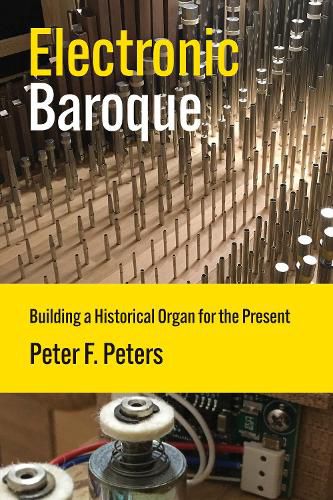Readings Newsletter
Become a Readings Member to make your shopping experience even easier.
Sign in or sign up for free!
You’re not far away from qualifying for FREE standard shipping within Australia
You’ve qualified for FREE standard shipping within Australia
The cart is loading…






A fascinating, real-time ethnography of the building of a unique musical instrument with both mechanical and electronic components.
Electronic Baroque tells the story of how a baroque pipe organ with both a mechanical and an electronic interface was built. The book also explores how, in musical practices, the new comes into being.
In 2013, the Orgelpark in Amsterdam, a concert venue dedicated to organists who want to give their instrument a new role in musical life, embarked on a project to make a unique instrument. This new baroque organ project combined principles and practices from historically informed organ building with the design and application of new computer hardware and software. Drawing on hermeneutic, pragmatist, and post-actor network theoretical approaches to history and music, Peter Peters describes and analyzes how the dual design of the organ, facing both past and present, reiterates the long history of these instruments.
$9.00 standard shipping within Australia
FREE standard shipping within Australia for orders over $100.00
Express & International shipping calculated at checkout
A fascinating, real-time ethnography of the building of a unique musical instrument with both mechanical and electronic components.
Electronic Baroque tells the story of how a baroque pipe organ with both a mechanical and an electronic interface was built. The book also explores how, in musical practices, the new comes into being.
In 2013, the Orgelpark in Amsterdam, a concert venue dedicated to organists who want to give their instrument a new role in musical life, embarked on a project to make a unique instrument. This new baroque organ project combined principles and practices from historically informed organ building with the design and application of new computer hardware and software. Drawing on hermeneutic, pragmatist, and post-actor network theoretical approaches to history and music, Peter Peters describes and analyzes how the dual design of the organ, facing both past and present, reiterates the long history of these instruments.